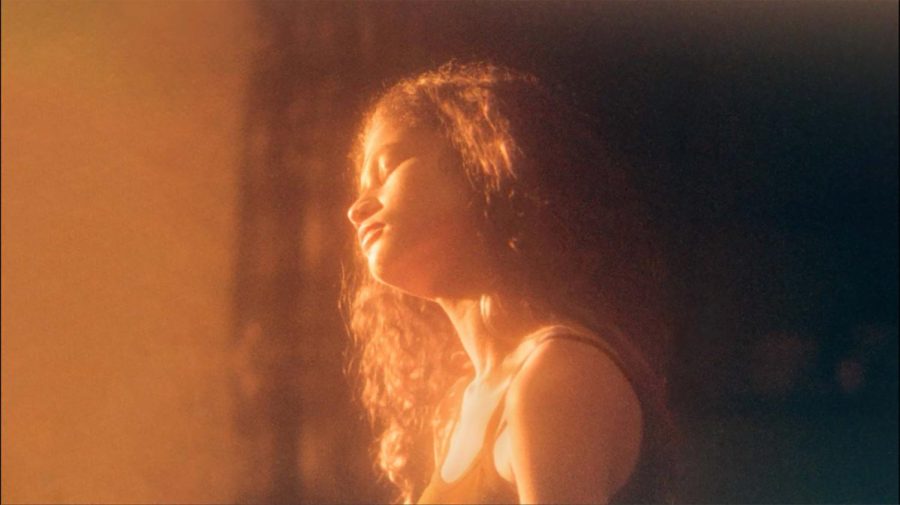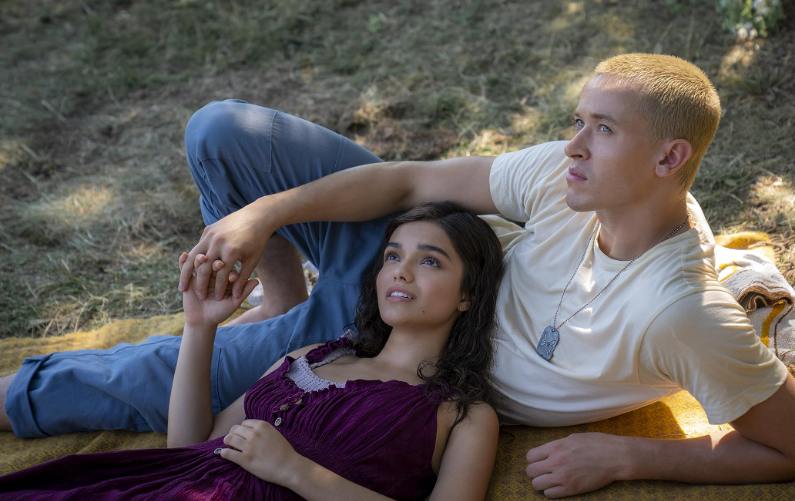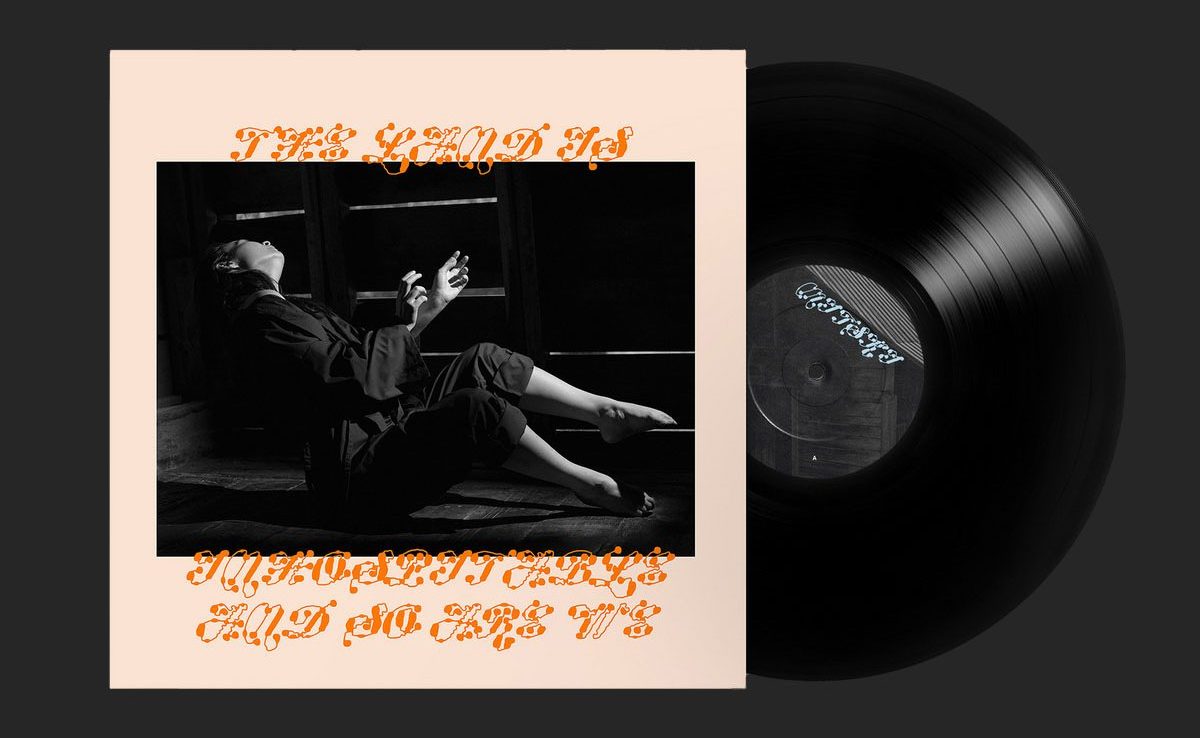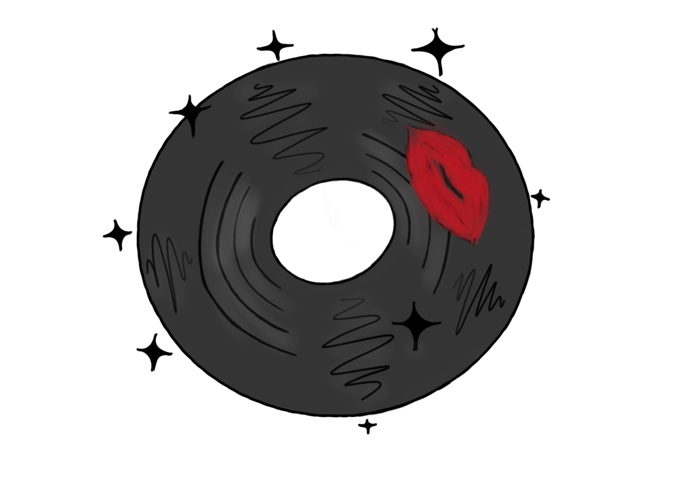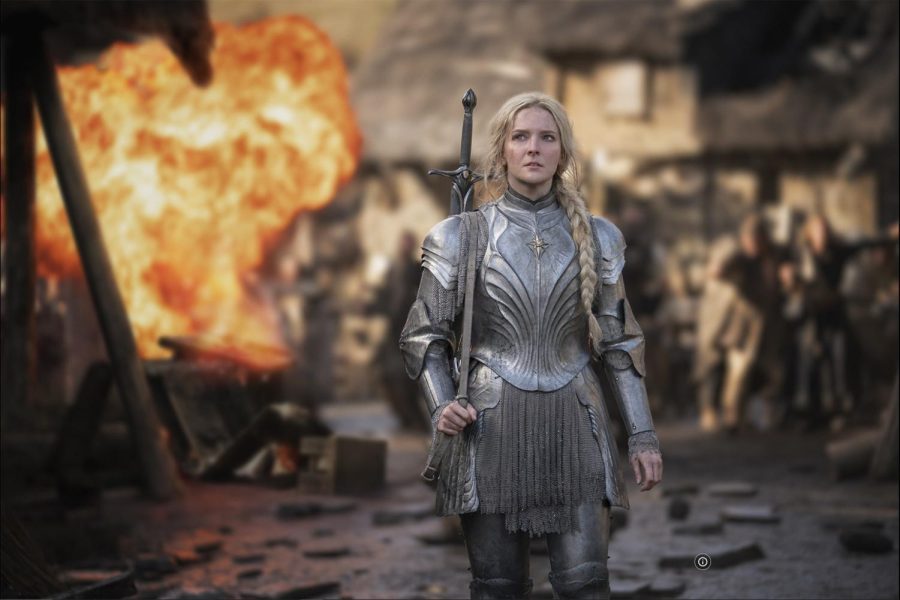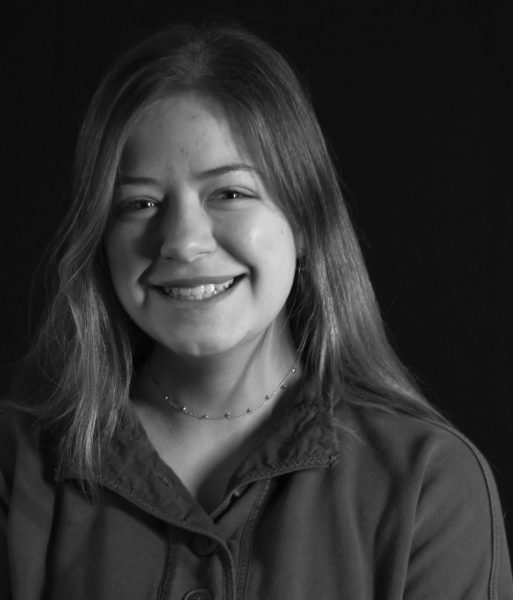“A Haunting in Venice,” (2023) the movie adaptation of the book “Hallowe’en Party” by Agatha Christie, showcases a movie unafraid to walk the line between horror and mystery, utilizing common film tropes with unique angles to produce a movie that feels comfortably classic, yet profoundly unsettling.
The movie is the third installment following the famed detective Hercule Poirot (Kenneth Branagh), depicting the adorably odd detective as a jaded version of his former self. Retired and hiding out in Venice, he passes the time with his Charles Dickens novels and baked goods. Even as the detective tries to retire, his fame leads people to seek him out to solve the mysteries in their lives. Yet, he rejects them all, stating that he is done with cases and murders.
Eventually, his retirement is disturbed by Poirot’s old friend, Ariadne Oliver (Tina Fey), the author who made herself famous by writing about Poirot’s detective skills. She asks Poirot to confront a supposed medium at a seance and disprove their supposed “communication with the dead.” Poirot, whose moral compass disagrees with people that profit off of those grieving with scams of supernatural powers, agrees in hopes of proving the medium as a fraud. But when the seance gives voice to the spirits of the deceased and murders begin around the Venice mansion, the inhabitants are quick to point to the ghosts as the culprits. The mansion is said to be haunted by the spirits of children left for dead in the basement, unable to rest because of their remaining vendetta against those who abandoned them.
But the old and esteemed Poirot remains unconvinced by the superstitious explanation, choosing instead to abandon his retirement for the night to uncover the secrets surrounding the children’s vendetta and the mounting body count.
For one Halloween, director Kenneth Branagh, manages to paint 1947’s Venice as both historic and festive in the day but deeply terrifying at night. Long shots of orange roofs in the sunlight and gorgeous historical architecture add contrast to the unsettling feel of that same scenery when the murders begin, creating an environment that changes as the plot progresses.
With the help of these cinematic shots, the film transports audiences to the 1940’s with old-fashioned soundtracks and historic references to world wars. Using these tools, the movie manages to feel old in spite of the modern cinematography that gives this mystery a horror-esque feel.
Branagh also incorporates traditional parts of Venice culture into the movie, using boatmen in dark cloaks with white masks to add to the tense and ghostly atmosphere of the movie. Shots of grand gothic architecture and stormy weather over the waters of Venice use the backdrop of the city to enhance the tension and the resolution of the story.
The story is made more engaging through shots that make the audience feel like a fly on the wall, seeing the story omnisciently in the way that makes the action most vivid. Angles from the ceiling, face shots and cuts that follow the tolling of the bell sink the audience into the story. The film focuses the horror from a very humanistic perspective, demonstrated by how some of the film’s jumpscares are done by mundane things, rather than a ghost or a murderer holding a knife. It shows how some of the horror comes from adrenaline in the human mind, which paints the ordinary in a malicious light in these tense moments. The movie features these fascinating jump scares from the flight of a parrot or a smashing teacups, adding a level of immersion and realism that creates a more intriguing atmosphere and a few fun scares.
“A Haunting in Venice” also boasts a star-studded cast, with brilliant performances accentuating the complex characters as our detective struggles to unravel the killings. Each of the suspects in the movie move from a classic caricature to a more nuanced person as Poirot picks at their secrets, unraveling them in the hopes of divining their true natures.
Branagh is remarkable at portraying the brilliant and peculiar Hercule Poirot, this installation showing him as disillusioned after his years on the job. As the series progresses, audiences can appreciate the obvious change and growth we see within his character. The events of the other two movies seems to have taken their toll on Poirot, who is shown to have lost some of his idealism. His investigative abilities come from, as his character puts it in the first movie, the fact that he sees the world as it should be, so all errors and discrepancies stand out to him clearly. Yet throughout the first two films, audiences are treated to a chipper Poirot who is willing to put aside his Dickens novels to help solve a crime. But as he solves case after case and is constantly subjected to the horrors of human depravity, audiences can see that in “A Haunting in Venice,” his fire for the pursuit of justice has burnt itself out. The Poirot shown in this movie is a more subdued and serious version of the detective, but one who, through this case, becomes more and more of his old self, showing a rare arc for such an iconic character.
Along with Branagh, the movie showcases the talents of Michelle Yeoh, who plays the demure yet burdened medium called the unholy Ms. Reynolds, whose screams to the dead sent chills down the audiences’ collective spines. Tina Fey’s spunky and quippy author character bounces perfectly off of Poirot’s more formal and reserved personality, making them an enchanting duo on screen. The talents of Kelly Reilly create the beautiful and broken Rowenna Drake, who depicts grief in a heart-wrenching way that pulls on heartstrings through the screen. Each character we see shows us an interesting snapshot in their characters’ lives, giving the audience what feels like a window into their souls. The cast does a great job turning Christie’s paper and ink character into real people for the big screen.
As fall begins, “A Haunting in Venice” is a unique fusion of a period piece, who-done-it and horror movie that’s perfect for anyone looking for a new halloween thriller.
What did you think of “A Haunting in Venice?” Let us know in the comments.













































































